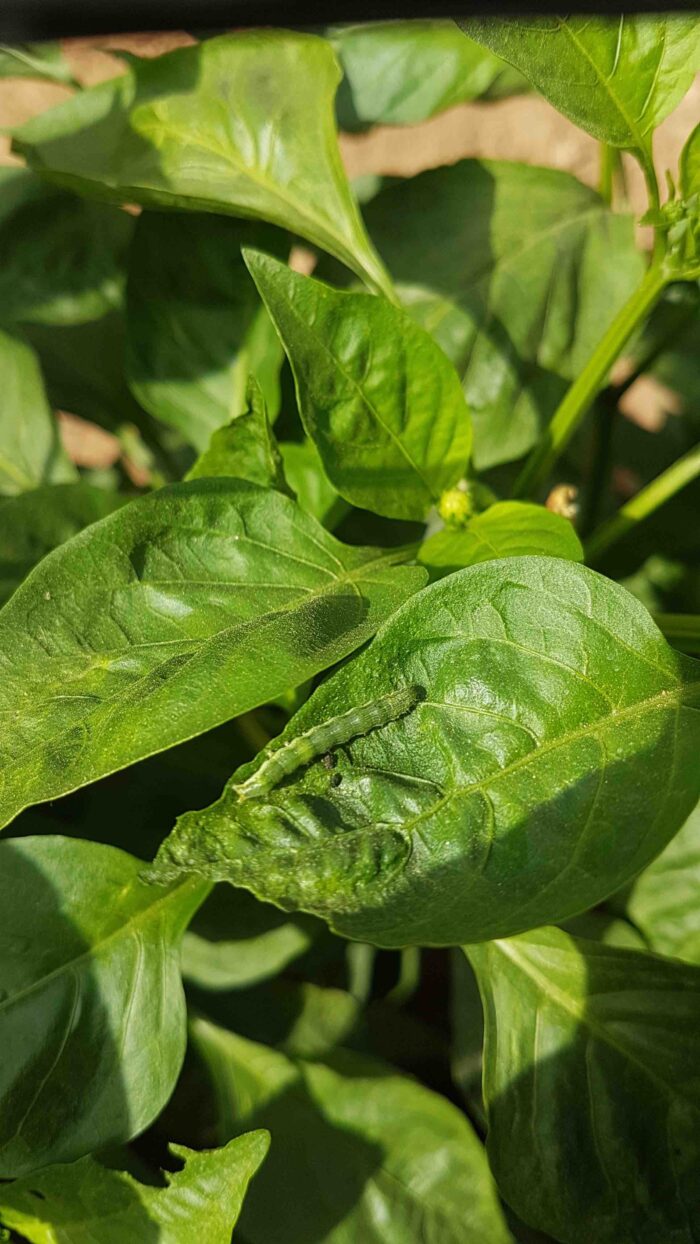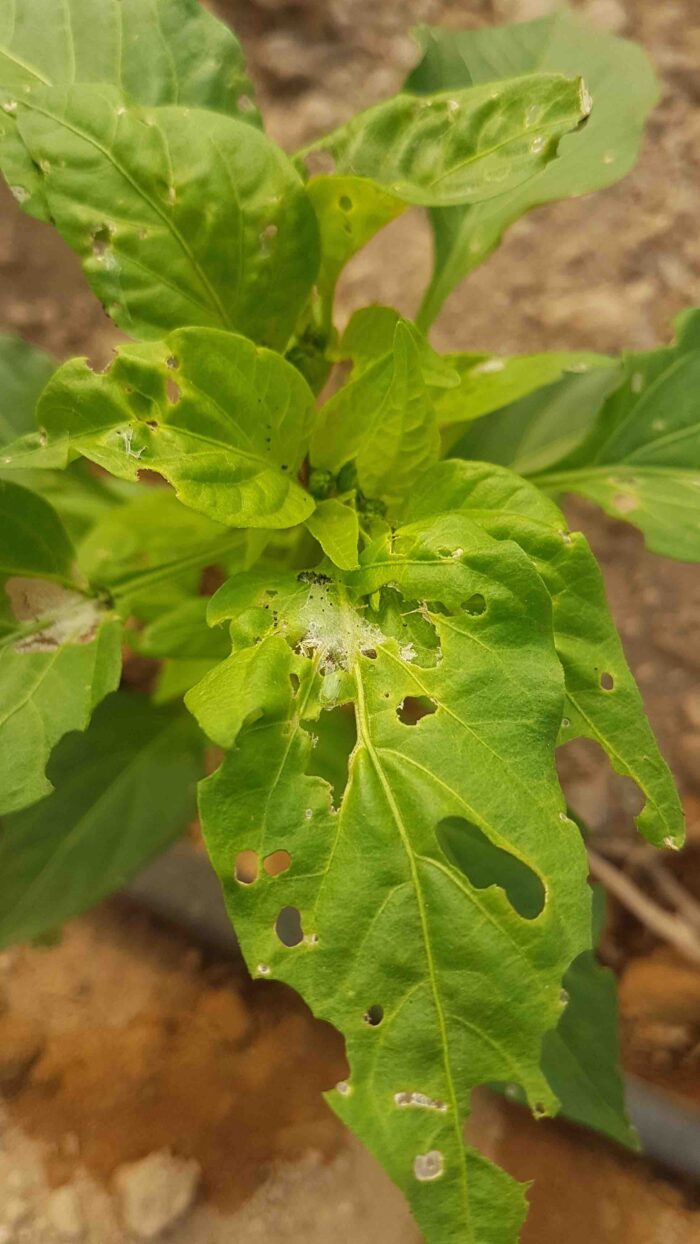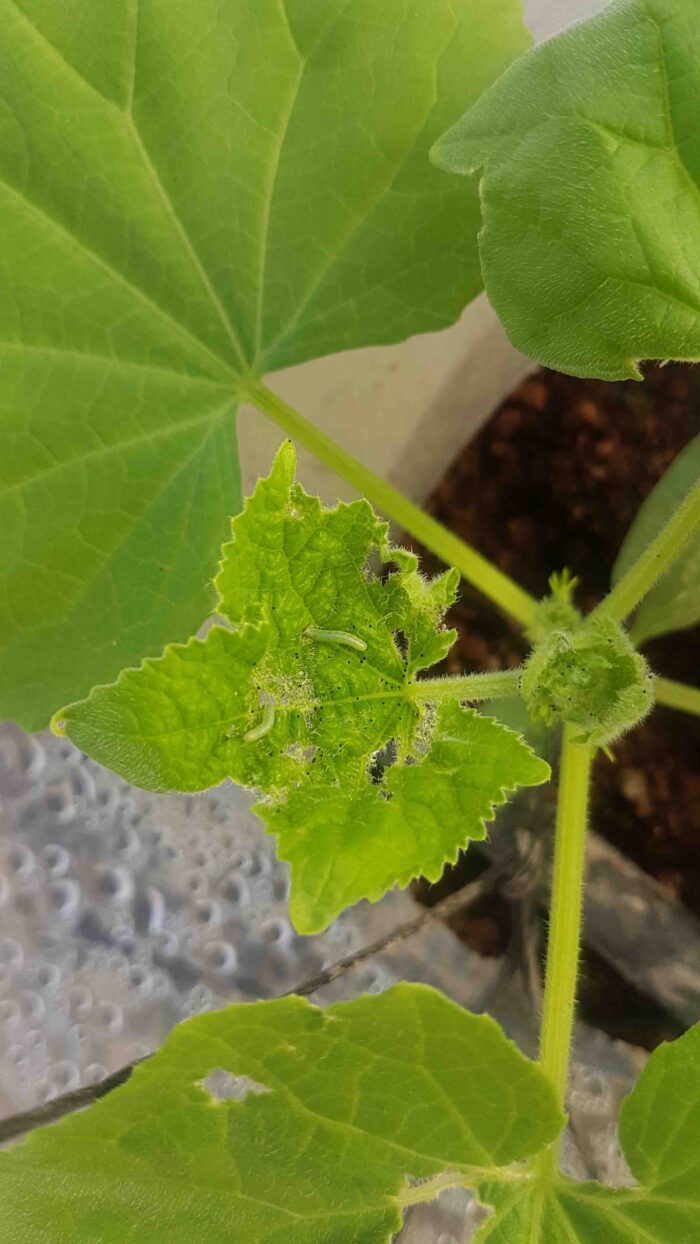Les mites
Countless plants and cultural crops
Lepidoptera is a large group of insects containing tens of thousands of different species categorize into dozens of superfamilies, some of which consist of several different families. The Noctuoidea superfamily is the most well-known; it includes the Noctuidae family, commonly known as owlet moths, cutworms, and armyworms.
Damage to plants is caused by moth larvaes (caterpillars) as a result of feeding on the different parts of the plants. Moth caterpillars are major agricultural pests with worldwide dispersion. Notorious moth species include: the gypsy moth, tuta absoluta, fall armyworm, beet armyworm, and the African cotton leafworm.
Calendrier: Il est plus facile et plus rentable de surmonter les infestations au cours des premières étapes. Surveillez régulièrement le champ et recherchez les signes ci-dessus.
Assainissement: Gardez l’environnement proche des cultures en éliminant les mauvaises herbes, les débris de plantes, les parties endommagées, la croissance indésirable des plantes et les plantes à proximité qui ne sont ni cultivées ni protégées.
Grandir à l’intérieur des structures : Gardez la structure fermée et les filets exempts de trous.
Les produits utilisés dans une ou plusieurs régions du monde peuvent contenir les ingrédients suivants :
flubendamide, méthoxyfénozide, chlorantraniliprole, pyridalyl, lambda cyhalothrine, indoxacarbe, bifenthrine, lufénuron, cyperméthrine, benzoate d’émamectine, et teflubenzuron.
spinosad- produits à base et Bacillus thuringiensis.
La chrysope verte (chrysoperla carnea), certaines espèces de chouettes et d’autres espèces d’oiseaux et, dans une certaine mesure, les chauves-souris.
N’utilisez pas de produits à base du même principe actif lors de traitements consécutifs. Cela peut induire une résistance à l’ingrédient spécifique utilisé.
*Names marked in red are considered to be highly poisonous to beneficial insects.
*Names marked in green are considered to be organic and IPM (integrated pest management) compatible.
Image Gallery


